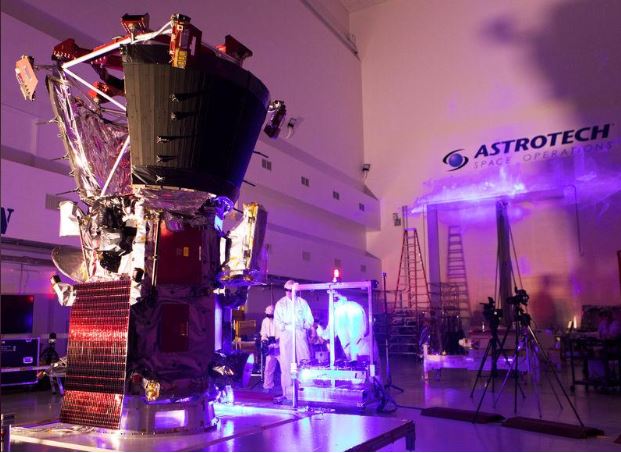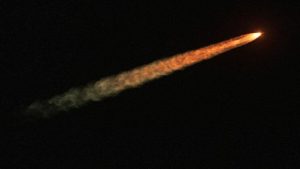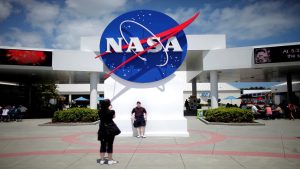NASA postponed until Sunday the launch of the first ever spacecraft to fly directly toward the Sun on a mission to plunge into our star’s sizzling atmosphere and unlock its mysteries.
The reason for the delay was not immediately clear, but was called for after a gaseous helium alarm was sounded in the last moments before lift-off, officials said.
Engineers are taking utmost caution with the $1.5 billion Parker Solar Probe, which Thomas Zurbuchen, head of NASA’s science mission directorate, described as one of the agency’s most “strategically important missions.”
The next launch window opens at 3:31 am (0731 GMT) on Sunday, when weather conditions are 60% favourable for launch, NASA said.
By coming closer to the Sun than any spacecraft in history, the unmanned probe’s main goal is to unveil the secrets of the corona, the unusual atmosphere around the Sun.
Not only is the corona about 300 times hotter than the Sun’s surface, but it also hurls powerful plasma and energetic particles that can unleash geomagnetic space storms, wreaking havoc on Earth by disrupting the power grid.
These solar outbursts are poorly understood, but pack the potential to wipe out power to millions of people.
The probe is protected by an ultra-powerful heat shield that is 11.43 centimetres thick.
The shield should enable the spacecraft to survive its close shave with the fiery star, coming within 6.16 million kilometres of the Sun’s surface.
The heat shield is built to withstand radiation equivalent to up to about 500 times the Sun’s radiation on Earth.






